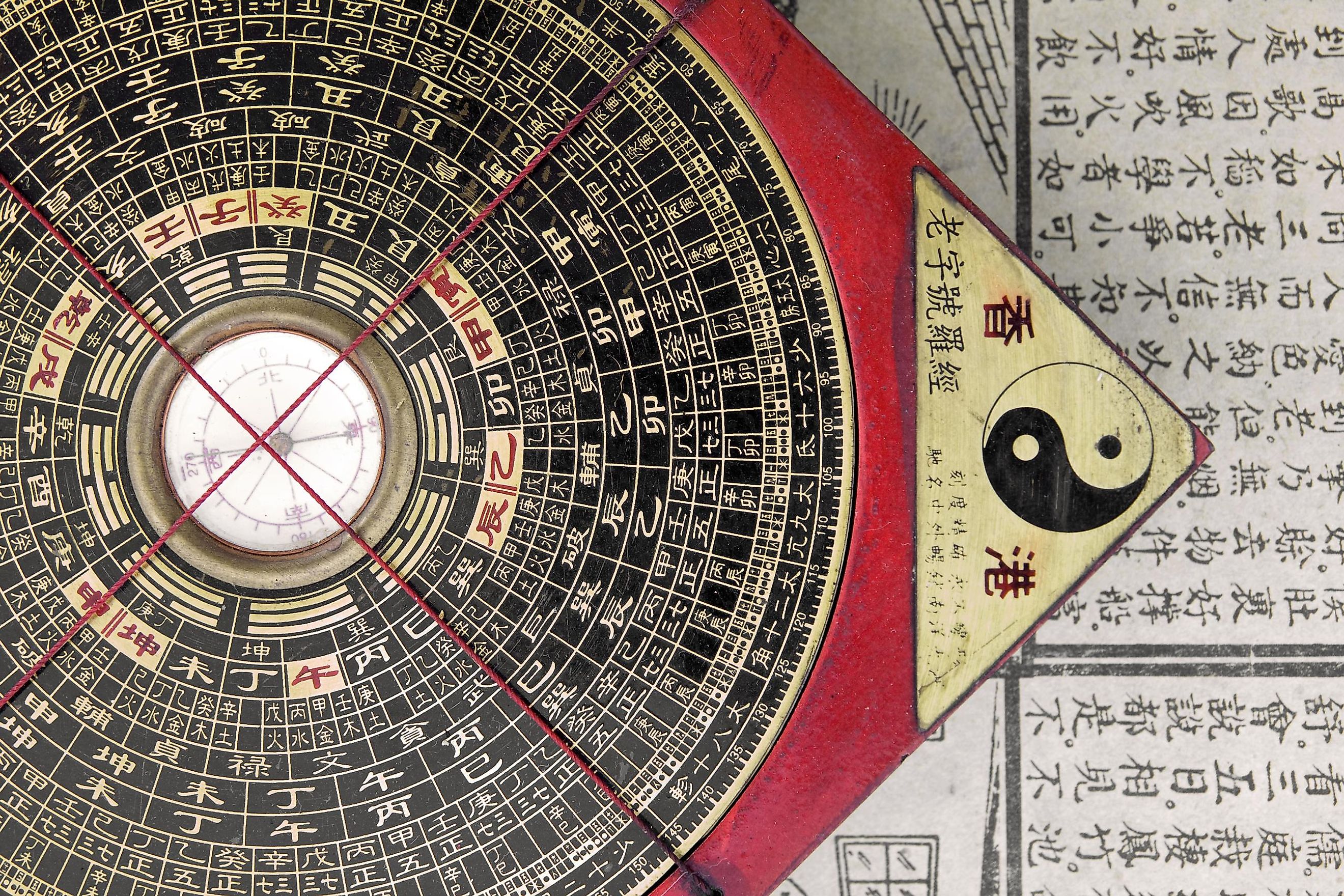
10 Greatest Ancient Chinese Inventions in History
Known for its rampant innovation and large-scale industrialization, China is a behemoth in production industries. Whether it is your mobile phone or car, there are sure to be multiple parts that are made in China. However, did you know that China is also one of the largest sources of scientific discoveries and inventions throughout human history? Since more than 5,000 years ago, the Chinese have been responsible for some of the world's greatest inventions which are still used today! For example, tools such as the compass, techniques like printing, and even advanced farming all originated from Ancient China! So, let's look at some of the greatest Ancient Chinese inventions in history.
Paper
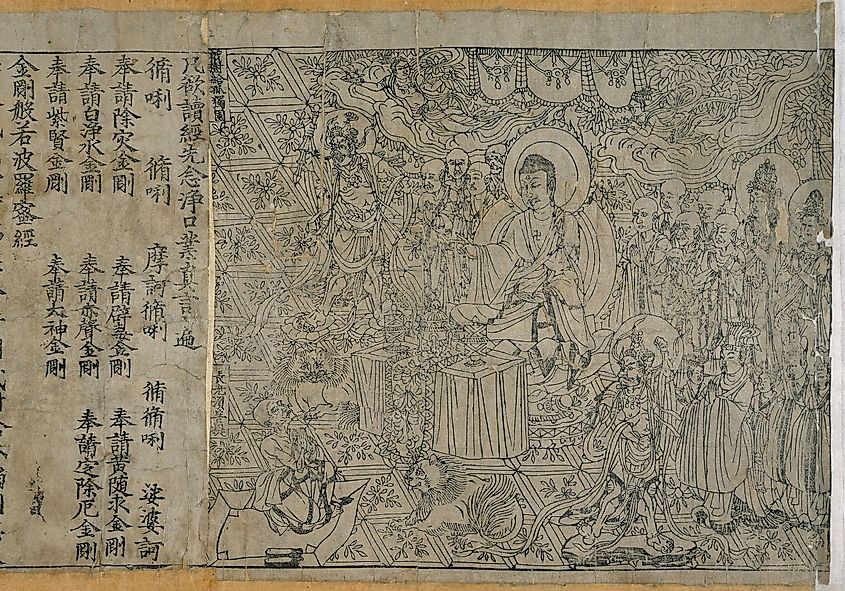
With a global consumption of more than 400 million tons, paper is an essential resource used across the globe. From writing an exam in school to drafting a proposal for work, most people use paper for some reason or the other. That being said, while it may seem synonymous with life, paper was actually invented in ancient China. First made between 25-220 AD by Ts'ai Lun, a Chinese court official during the Han Dynasty, paper was crafted by mixing mulberry bark, hemp, and rags with water. Following this, Ts'ai mashed the ingredients into a pulp and hung it out to dry into thin sheets, which became paper you could write on. This discovery transformed the previous papyrus writing techniques, and paper gradually spread throughout the globe. By the 11th century, papermaking had entered Europe, and in the 1800s, wood-based papers became the norm.
Gunpowder
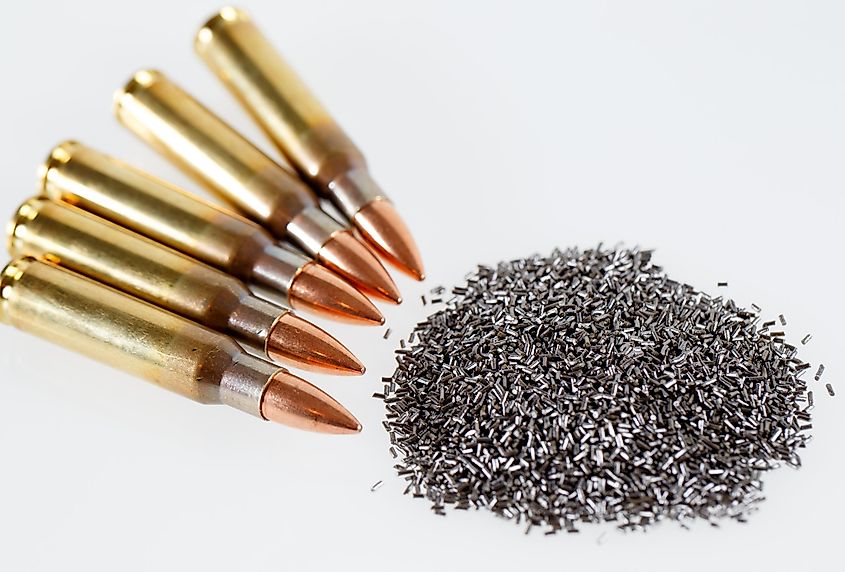
Part of the "Four Great Inventions" of China, along with paper and others, gunpowder is a monumental creation that shaped the world. While the earliest records date back to 142 AD when a Chinese alchemist referenced a gunpowder-like substance, the first confirmed reports are from the late Tang dynasty (9th century). During this time, Chinese monks mixed various ingredients to create a life-extending elixir, gradually leading them to create gunpowder. Fascinated by the powder's explosive ability, the material became popular in the country. The earliest chemical formulas of gunpowder can be traced back to the 11th century during the Song dynasty. However, the exclusivity of this powder was short-lived, as Mongol conquests in the 13th century spread knowledge across Asia and Europe. Since then, gunpowder has developed immensely with the evolution of guns, grenades, rockets, etc., across the globe! Even today, gunpowder is a staple for warfare and is mass-produced globally.
Tea
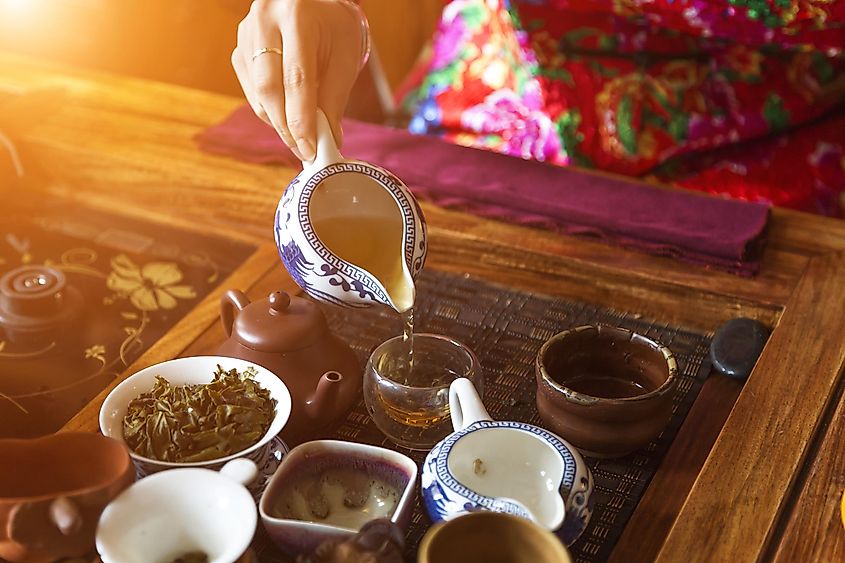
Often considered to be an Indian or British invention due to its fame in the regions, tea is a staple for millions of people across the world. Whether it is mixed with ginger, milk, or even spices, there are hundreds of ways to have tea, and most of them are utterly delicious. So, it's quite surprising to consider that tea was actually invented in ancient China more than 4,500 years ago! Dating back to the 2nd century BC during the Han dynasty, there are stories of the Chinese emperor Shen Nung accidentally discovering tea while sitting under a tree. According to records, he was sipping on boiled water when leaves blew into his friend and inspired him to create an infusion that we now know as tea. While this story has an artistic edge, leading to some doubt if it is true, China is still the first to discover tea. This is because containers for tea and records can be found dating back to 200 BC, far before the lovely drink was seen elsewhere. So, the next time you sip on some hot tea, be sure to thank Shen Nung for his inquisitive mind!
Silk
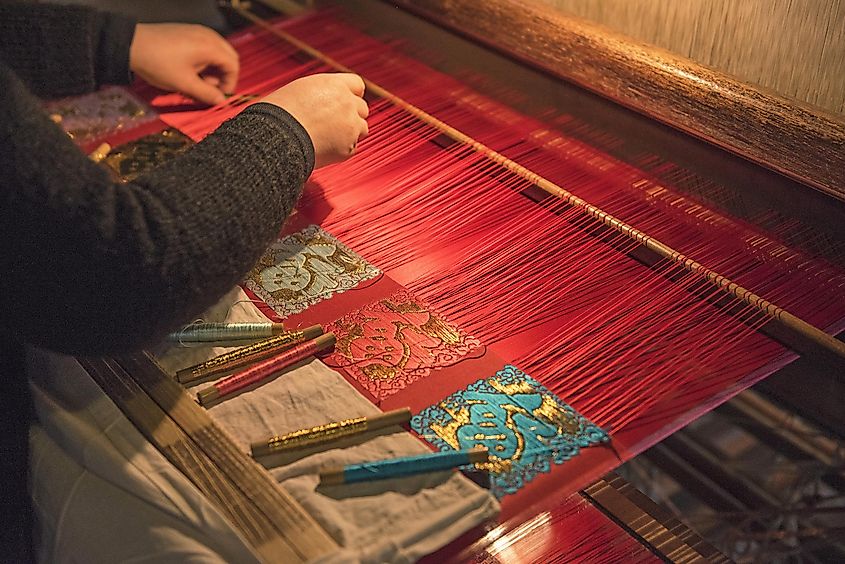
Known for its natural shine, silk is a natural protein fiber produced by silkworm larvae. This high-quality fiber, used in everything from clothing to medicine, was discovered approximately 6,000 years ago during Neolithic China within the Yangshao culture (4th millennium BC). While the earliest traces date back even further, it was during this time that concrete evidence, such as silk cocoons, woven fabrics, etc., could be found. Over the following centuries, silk was primarily confined to China, with the fabric only being seen in Korea, Japan, and India. Thanks to this, China maintained a monopoly on production for many years and is still the largest producer in the world. According to recent estimates, China produces more than 400,000 tons of silk annually, surpassing India in second place. So, from silk scarves to surgical sutures, China has paved and led the way for the world's silk industry!
Acupuncture
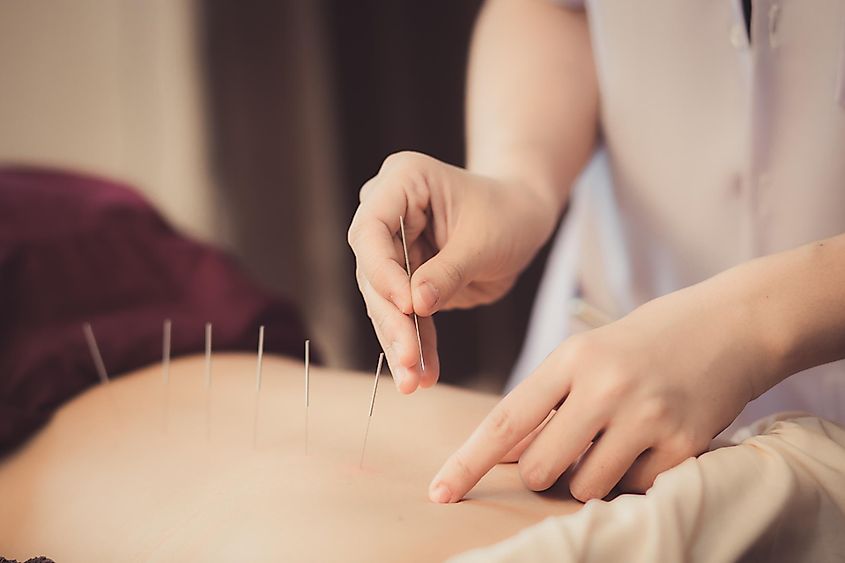
Acupuncture, known for its ability to heal medical issues such as pain, stress, and more, is an exciting form of alternative medicine. This advanced type of medicine has actually been around for thousands of years! While dates vary, the earliest confirmed reports of acupuncture can be traced back to Ancient China around 100 BCE in the Warring States period. This is from "The Yellow Emperor's Classic of Internal Medicine," which described it as an organized system of diagnosis and treatment. Following this, the practice became commonplace in Chinese medicine and gradually spread throughout Asia, especially to regions like India. Currently, acupuncture has spread worldwide and is renowned as an ideal method to relieve your body of pain and stress!
The Compass
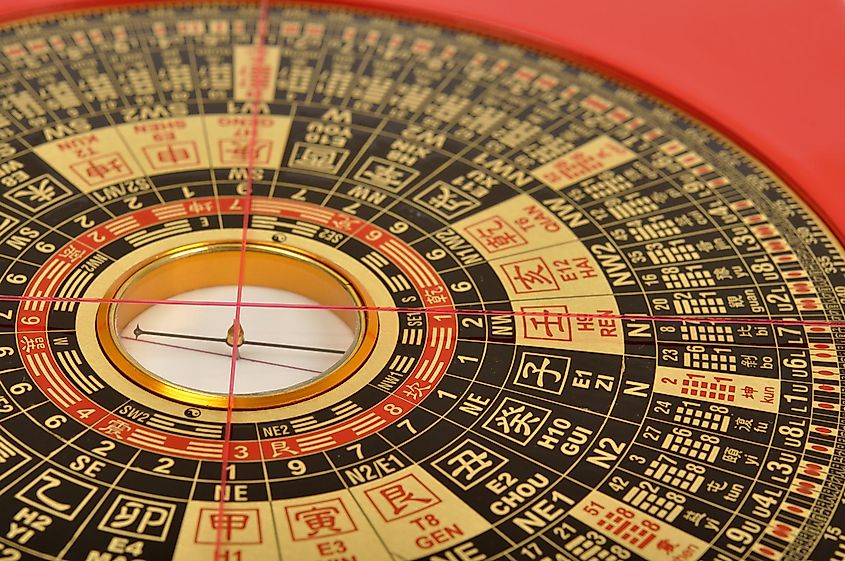
Before our advanced GPS systems and mobile navigation devices were introduced, the compass was the gold standard in traveling and guidance. Use a compass with a map, and you can cross uncharted waters to reach any country in the world. Just take a look at famous explorers like Christopher Columbus, who relied on a compass to find new lands. Well, the compass is another amazing invention by the Ancient Chinese! The first compass was developed between 200 BC and 200 AD during the Han dynasty with a naturally magnetized lodestone. That being said, for the first few centuries, they were primarily used for fortune-telling and feng shui. It was in the 11th century, during the Song dynasty in China, that compasses became the norm for navigation. Following this, the technology was soon incorporated by Europeans, allowing people to travel and explore with much more certainty in their route.
The Modern Bristle Toothbrush

While we may be accustomed to the modern bristle toothbrush, it is actually quite a recent innovation we can thank the Ancient Chinese for. This is because up until the 15th century, civilizations used things such as twigs and leaves to brush their teeth, if they did brush in the first place. It was only in 1498 that the Chinese designed the first bristle brush using a mix of bamboo for the handle and pig's neck hair for the bristles. This design quickly replaced the previous twig chewing sticks and became the norm for dental hygiene. With its popularity, the following century saw Europeans copy the design with horse hairs and gradually develop it further into the synthetic brushes we have today. So, in a sense, we should be grateful to the Chinese for saving us from brushing with tree twigs.
Row Crop Farming

Apart from the many items designed and invented by the Ancient Chinese, they are also known for many unique techniques and ideas. One such innovative technique is row crop farming, which was groundbreaking at the time. While other civilizations were still planting their crops haphazardly with minimal productivity, the Chinese were the first to understand that aligning crops in rows would allow for better yield and easier planting. Thus, as early as the 6th century BC, Chinese farmers began row crop farming and were the only ones to do so for many centuries. It took approximately 2000 more years for the Western world to catch on to the technique, after which it became the norm for farming across the globe.
Rockets

Although this may seem like a recent invention, rockets have been around for nearly one thousand years. Bolstered by their invention of gunpowder, a vital ingredient for rockets, the ancient Chinese invented rocket-like propulsion systems as early as the Song dynasty (10th century). Although, the first confirmed reports of rockets date back to the 13th century when they were used during Mongol invasions in China. One specific instance was the battle of Kai-Keng, when the Chinese used a barrage of rocket-propelled arrows to hold off Mongol invaders. Following the 1300s, the technology spread across Eurasia and set the stage for the massive missiles, spaceships, and other rockets we see today. So, everything from fighter jets to space travel might not have been possible without the amazing innovations of both gunpowder and rockets by the Ancient Chinese!
More in Ancient Inventions
- Ancient Greek Inventions That Are Still Used Today
- Ancient Egyptian Inventions That Are Still Used Today
- Ancient Roman Inventions That Are Still Used Today
- 10 Ancient Inventions Still Used Today
With so many groundbreaking inventions, we can easily say that the Ancient Chinese were far ahead of their time. From the compass on your phone to the tea you drink, they have been at the forefront of innovation for thousands of years. So, a testament to their skill and forefront thinking, it is quite fitting that the Chinese are now one of the world's largest producers of a plethora of items from energy to small goods!











